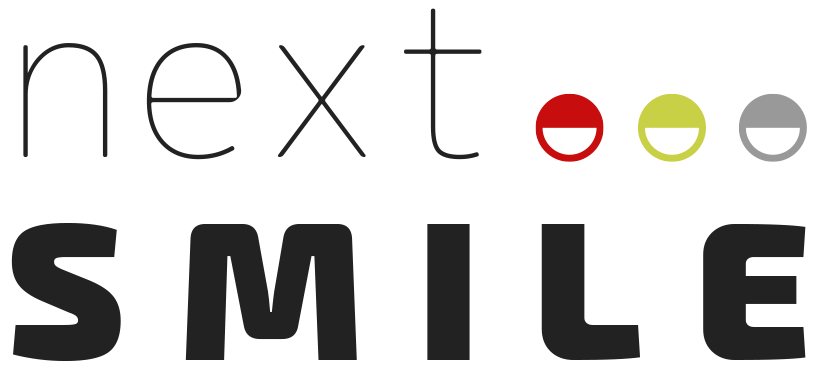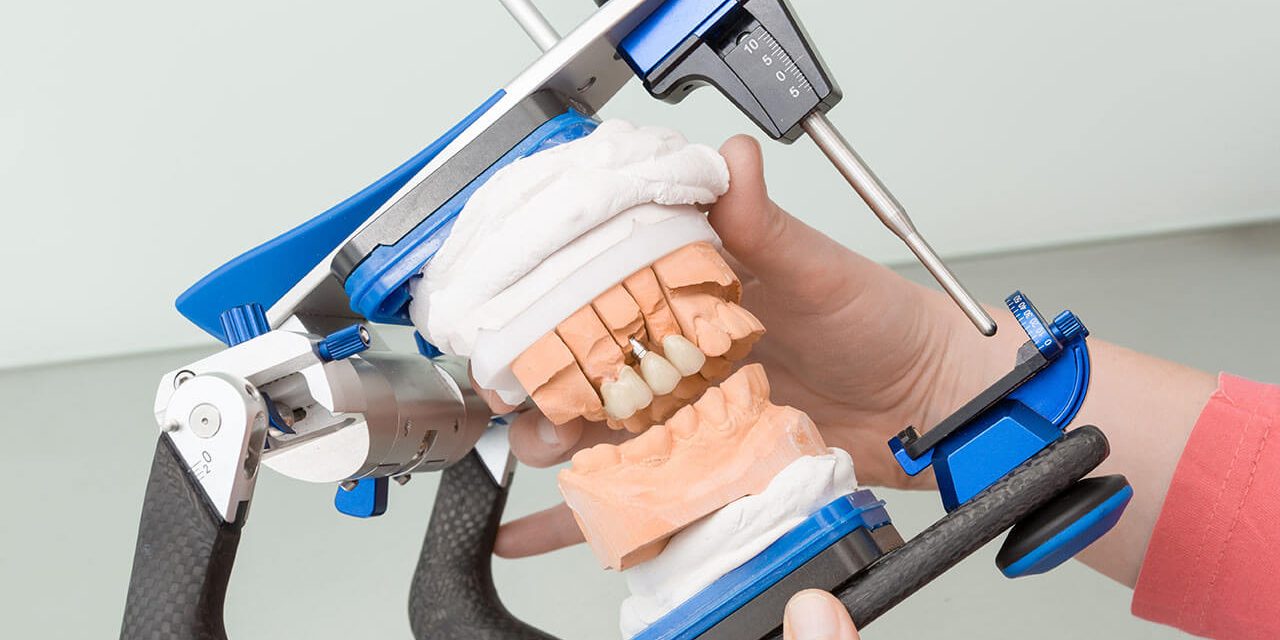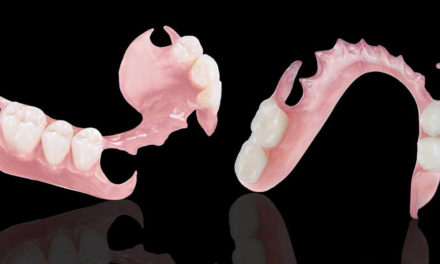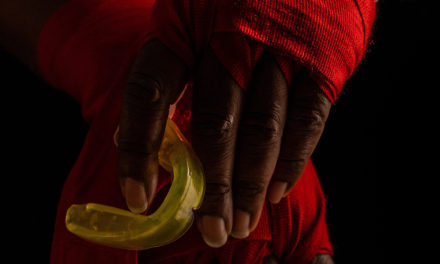Diagnosis, planning and manufacturing of dentures, splints or orthodontic devices
The articulator is a mechanical tool for imitating jaw movements. The dentist or dental technician installs the plaster models of the upper and lower jaw in the articulator. The aim is to map the patient’s correct bite position and to create the denture based on this. This should ensure that there is no difference to the natural teeth.
Basically, an articulator is used for diagnosis and planning, as well as an aid in the manufacture of dentures, splints or orthodontic devices.
Why is an articulator needed?
Imagine drawing a picture but you don’t know what of, or what it is for! The result is most likely not going to be what you wanted. This applies to manufacturing a denture as well. To do an accurate job, the dental technician needs patient-specific information, e.g. an accurate image of the patient’s bite pattern. The dental technician works with jaw models that are in the correct bite position in the articulator. He pays close attention to how the temporomandibular joints function.
Is the articulator a replica of the TMJ?
On the one hand, the articulator shows the situation when the rows of teeth bite down hard, which is referred to as static occlusion. On the other hand, the jaw movements during speaking, laughing and eating, are also reproduced, and this is called dynamic occlusion.
Teeth and bite movements are controlled by the temporomandibular joint, which is the most versatile joint system in the body. The joint allows movements in all many different directions and includes both rotational and sliding movements. And herein lies the rub! To date, it is very difficult to completely imitate all movements of the temporomandibular joint in all its functional phases. However, modern articulators and transmission systems do provide a close approximation to the actual situation. In this regard, the articulator can be described as a kind of replica of the TMJ. This is now augmented by digital systems that can simulate the patient’s bite pattern.
Here’s an important point. Though it may hardly be noticeable in healthy teeth, a dysfunction of the temporomandibular joints can have significant consequences. The root cause might be an incorrect bite. For this reason, it is essential that the information on the temporomandibular joint be transmitted to the dental laboratory in order to produce dentures that will function well.
How do jaw models get into the articulator?
The dental technician creates the models in the laboratory by using jaw impressions produced either by actual impressions or intraoral scan. Plaster or a special plastic, alginate, is used to make actual impressions. In addition to taking the impression, the dentist determines the bite position in the patient’s mouth. Different applications like facebow registration and central bite registration are used to transfer the models to the articulator. The dentist uses the facebow to determine the position of the upper jaw relative to the skull. The dental technician transfers this information to the models. The technician first installs the upper jaw model in the articulator, after which lower jaw is adjusted by using the patient’s bite registration. In prosthetics teaching about dentures, one refers to this as a skull-related articulation of the models.
We need to distinguish between mean value articulators, partially adjustable articulators and fully adjustable articulators.
The models are set in a mean value articulator according to statistically determined average values to each other, for example the Bennett angle or the condyle path inclination.
- In the case of partially adjustable articulators, one of the previously mentioned values can be individually adapted to the patient’s situation on the device.
- Fully adjustable articulators make it possible to incorporate all the patient-specific measured values.
These devices are extensively used in the manufacture of dentures.
Additional reads
More about articulators.





